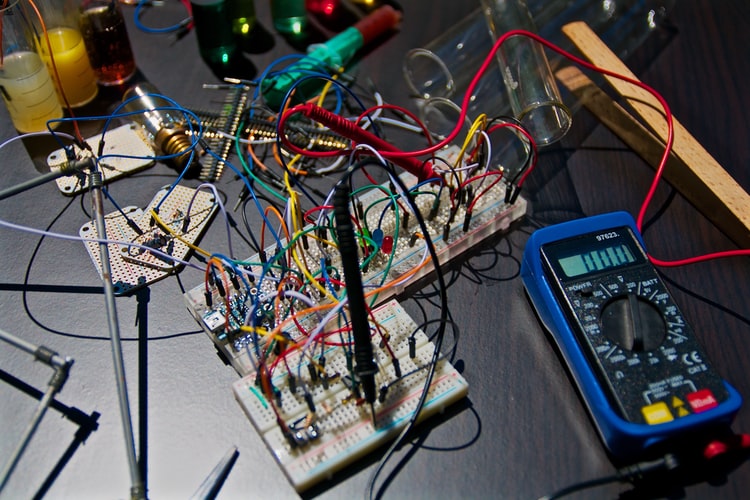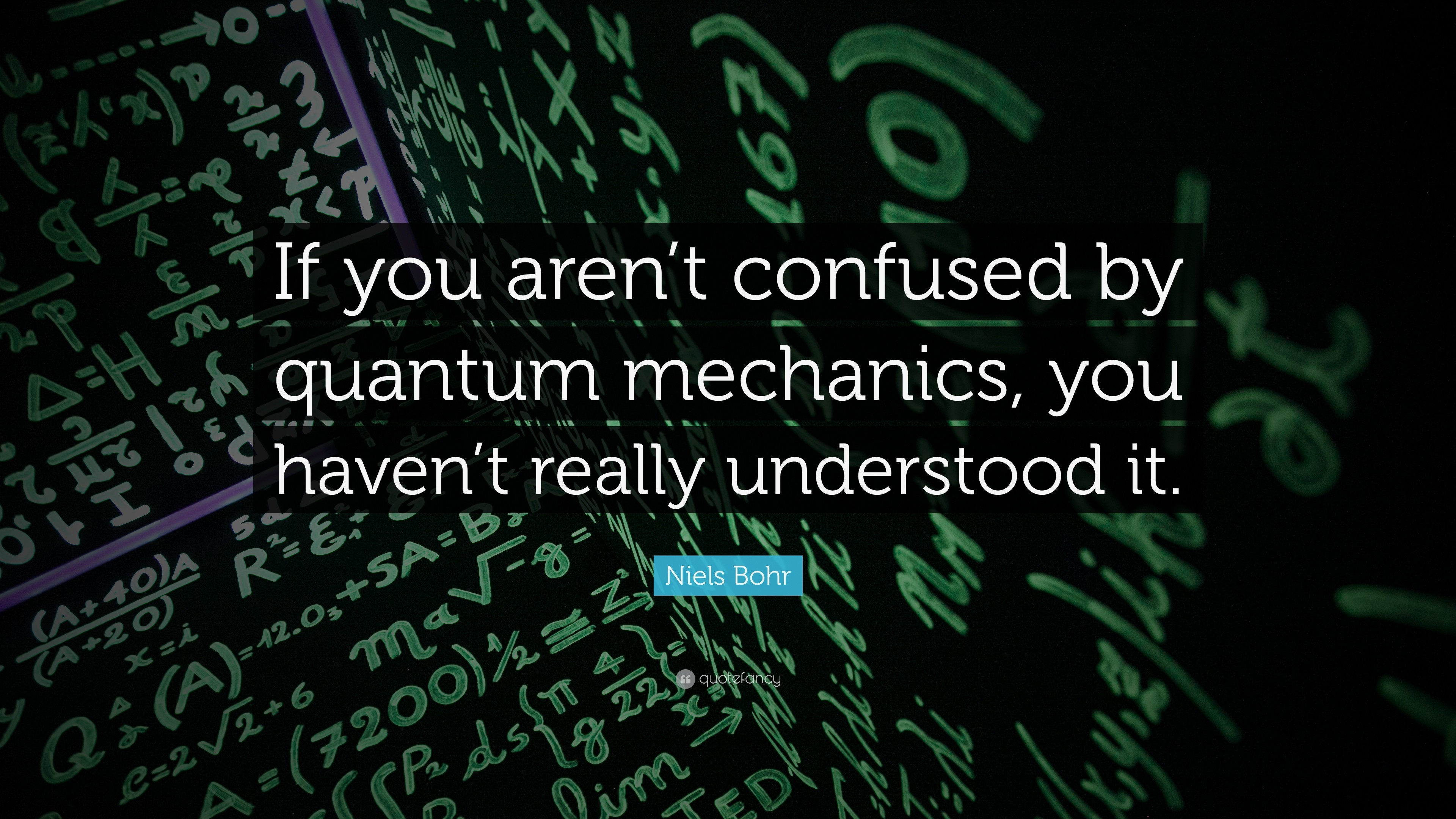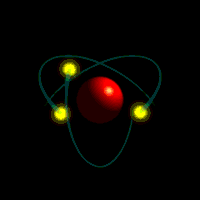-
GED Summer 2021Physics I (Summer 21)Resume0% complete0% completeShow More
-
Profile
Md. Mahfujul Islam
Lecturer
Department of General Educational Development
703-AB01, Permanent Campus
Daffodil International University
E-mail: mahfujul.ged@diu.edu.bd
Cell: +8801915139047
Web profile: https://faculty.daffodilvarsity.edu.bd/profile/ged/mahfuzul-ged.html
Researchgate: https://www.researchgate.net/profile/Md_Islam196
Google site: https://sites.google.com/diu.edu.bd/mahfujul-diu/home
ORCID ID: https://orcid.org/0000-0001-5362-2717g
Facebook: https://www.facebook.com/profile.php?id=100012611111360
Whatsapp: +8801915139047-
Students mustMark as done
-
Students mustMark as done
-
Students mustMark as done
-
Students mustMark as done
-
Students mustMark as done
Type of Assessment Weight Comments Class Attendance 07% It will calculate based on your presence on the class. Class Test 15% 4 Class test will be taken based on each chapter and best 3 will be counted Assignment 05% 2 assignment tasks should be completed on the whole semester and it will be based on mathematical problems, analytical issues etc. Presentation 08% There will be 2 presentations, and you have to perform individually in the classroom via PowerPoint/ Prezi . Mid Exam 25% It will be based on Mechanics and wave & oscillations chapter. Final Exam 40% 20% percent syllabus will cover up from the mid-exam contents and others from the rest. -
Students mustMark as done
-
Students mustMark as done
Counselling link: https://meet.google.com/hfn-zmro-ehc?authuser=0
DAY/TIME AC-A(PHY102) SAT SUN 2.00-5.00PM MON TUES WED 2.00-4.00PM THURS -
Students mustMark as done
-
Students mustMark as done
-
Students mustView
-
-

Introduction:
concepts about electricity, charge, conservation of charge, quantization of charge, coulomb’s law, electric field, electric potential, electric dipole
Lesson Objectives:
*Identify the measurement of current,
*Identify the electric potential due to point charge.
*Concepts about charge, quantization of charge, an electric field, etc.
Lesson plan
*Lecture slide presentation
*Lecture note
*Application of Engineering Physics in real-world problem connected to engineering fields
*Video slide
Lesson Expected Outcomes
*Students feel eager to learn this course and they will know why does Physics be important in Engineering Field?
*Correlation between Physics and modern engineering worked also real-life examples will be given to engage them with lots more interest.
*Get the proper ideas about electricity, measurement of electric potential, get the ideas about electric dipole, etc,.
Assessment:
Forum Q & A, Assigning Homework, Class Test 3
-
Students mustMark as done
-
Students mustMark as done
-
Students mustMark as done
-
-
Students mustView
-
-

Introduction:
capacitor, dielectric, types of capacitor, parallel and series combination of capacitor
Objectives:
After studying the material of this chapter, the student should be able to
*define capacitance and its symbol and unit of measurement.
*could be able to analyze how a capacitor stores energy.
* Predict the capacitance of a parallel and series capacitor.
*Discussion from lecture slides
*Question and Answering
*video materials
Assessment:
Forum Q & A, Home task.
MCQ question discussion.
-
Students mustMark as done
-
Students mustMark as done
-
Students mustMark as done
-
Students mustMark as done
-
-

Introduction:
Shunt, Galvanometer, Measurement of shunt
Objectives:
After studying the material of this chapter, the student should be able to:
* Write from memory the definitions of shunt, resistance and could be able to measure the shunt current, shunt resistance etc.*Discussion from lecture slides
*Question and Answering
Lesson Expected Outcomes
* clear concepts about Shunt.
-
Students mustMark as done
-
Students mustMark as done
-
Students mustMark as done
-
Dear Students,
A few rules should follow for today’s exam:
.For the conceptual questions, MCQ's and also for the Mathematical problems, you must submit the camera version on the drive link gave it to you.
Delayed answer scripts will not be evaluated, so please make sure your uninterrupted net services.
Thanks in advance. And Best of luck
EXAM CODE:
TIME:6.00pm-8.30pm-
Students mustMark as done
-
Students mustMark as done
-
Students mustViewMake a submission
-
Students mustView
-
Students mustMark as done
-
Students mustMark as done
-
Students mustMark as done
-
-

Introduction:
(Contents: Photoelectric effect, atomic model, concepts about the atom , atomic nuclear, work function, threshold frequency, radioactivity, half-life, decay law, nuclear fission& fusion, nuclear reactor, Nuclear power plant, mass defect, binding energy, Compton effect, mass-energy equation, theory of relativity)
Lesson Objectives:
Distinguish between classical physics and quantum physics, b) To classify atom and atomic model, c) to determine radioactive decay, d) classify nuclear and fusion reaction, e) Calculate the mass-energy of a particle.Lecture, Group Study, Discussion
Lesson Expected Outcomes
*Basic concepts about Radioactivity. modern physics, different between classical and quantum physics,
Assessment:
Forum Q & A, Home task.
-
Students mustMark as done
-
Students mustMark as done
-
Students mustView
-
Students mustView
-
-
Introduction:
Mathematical problems of Modern Physics chapter
Lesson Objectives:
*This will train student to solve the mathematical problems related to nuclear reaction, energy mass relation,theory of relativity etc.
*power point slide
Lesson Expected Outcomes
Students can solve the mathematical issues related to nuclear reaction and photoelectirc effect.
Assessment:
Home tasks
-
Students mustMark as done
-
Students mustMark as done
-
Students mustMark as done
-
Students mustMark as done
-
Students mustMark as done
-
-

Introduction:
Alternating current, Mean value of an A.C for half cycle and complete cycle.
Lesson Objectives:
- Understand the differences between alternating and direct current
- Describe how alternating current is generated
- Understand inductance and capacitance
*power point slide
*pdf file
Lesson Expected Outcomes
Students can solve the mathematical issues related to alternating current.
Assessment:
Home tasks
-
Students mustMark as done
-
Students mustMark as done
-
Students mustMark as done
-
Introduction:
Mathematical problems of A.C
Objectives:
After studying the material of this chapter, the student should be able to:
* Mathematical problems of current an a.c related math.
-
Students mustMark as done
-
Students mustMark as done
-
Students mustViewMake a submission
-
Students mustViewMake a submission
-
-
-
Students mustView
-
Students mustMark as done
-
Students mustView
-
Students mustView
-
Students mustView
-
Students mustView
-
Students mustMark as done
-
Students mustView
-
-

